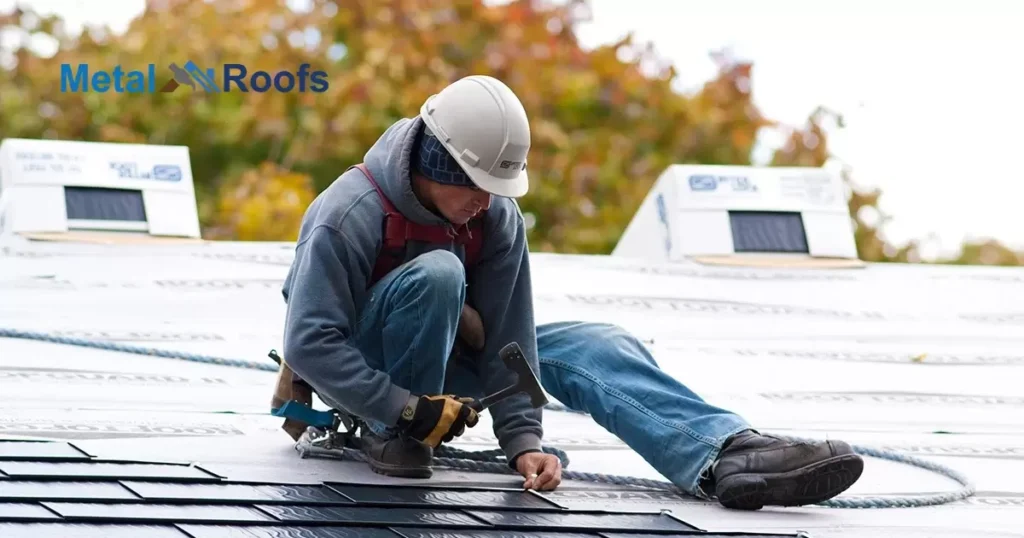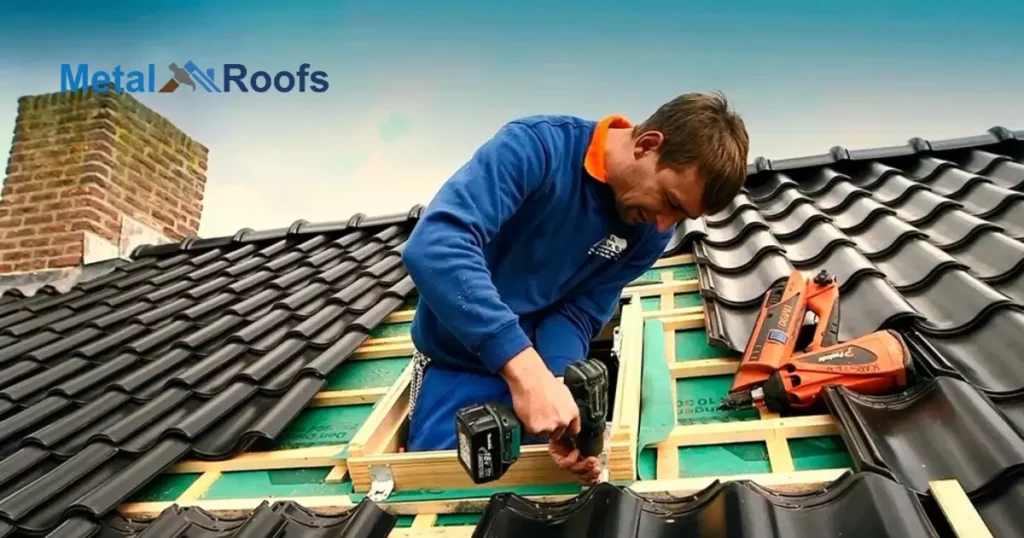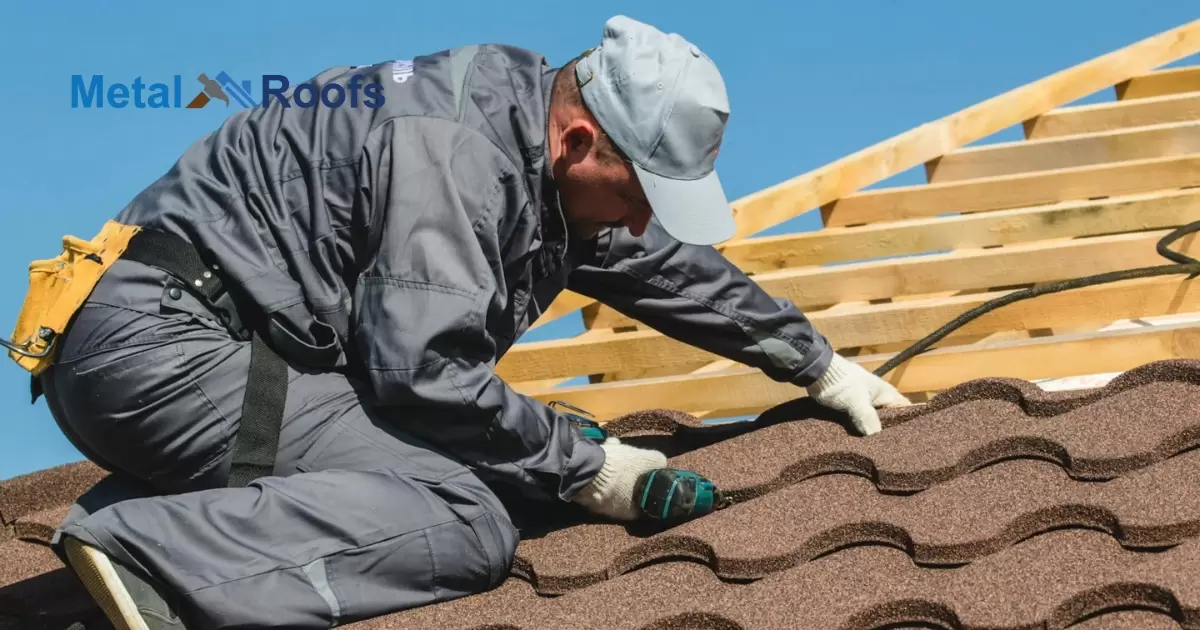A permit to replace a roof is a legal document homeowners obtain from their local building department before removing old shingles or roof decking and installing new roofing materials to ensure the work meets code and is inspected for safety.
You may wonder, do you need a permit to replace a roof? Rules vary by location. Some areas require permits to reroof, others don’t. Check with your local building department before starting. Permits ensure roofing work meets safety codes. Inspections protect homeowners.
Permits exist to ensure roof replacements meet building codes. Local requirements differ. Some make permits mandatory for all re roofing jobs. Others only require permits if sheathing needs repairs too. Either way, check your local codes first. Permits bring inspections. Inspections confirm safe, quality work.
Key Takeaways
- Roof replacement permit needs differ based on location.
- It’s crucial to check local regulations with the building department.
- Failure to obtain a necessary permit may result in fines or complications.
- Permits ensure compliance with safety standards and building codes.
- Following proper procedures can prevent future issues during property transactions.
What Does Diy Roofing Mean?
| Location | Permit Requirement | Additional Information |
| Anywhere | Varies | Rules vary; check local building department |
| California | Often required | Specific requirements, check with local department |
| Virginia | Could be required | Check local regulations and building department |
| Oregon | Depends | Minor repairs and upgrades may not need a permit |
| Pennsylvania | Likely required | Contact local building department to confirm |
DIY roofing means taking on the task of replacing or repairing your roof without hiring professionals. It involves planning and executing the project independently, from start to finish.
While it can save money, DIY roofing requires time, effort, and careful attention to safety precautions, including the installation of essential components such as a drip edge for a metal roof. It’s a hands-on approach to home maintenance that empowers homeowners to take control of their roofing needs.
Replacing A Roof Can Be Dangerous
Replacing a roof involves working at heights. Falling is a real risk. Roofing materials can be heavy and difficult to handle. Accidents can happen quickly. It’s essential to take safety precautions seriously.
Professional roofers often have training and experience. They know how to work safely. DIY roof replacement can be risky without proper knowledge. Always consider hiring experts for your safety.
Replacing A Roof Requires Having The Right Tools
- Roof replacement necessitates the use of appropriate tools.
- Having the right tools ensures the task is completed efficiently and safely.
- Essential tools include safety equipment like harnesses and hard hats.
- Specialized tools such as roofing hammers and nail guns are crucial for installing new roofing materials.
- Pry bars and roofing shovels are needed for removing old materials.
- Accuracy tools like roofing squares and chalk lines aid in precise installations.
- Ladders and roofing material cutters facilitate access and customization.
- Cleaning tools like brushes and brooms maintain a debris-free work environment.
- Safety gear such as goggles and respirators protect workers from hazards.
- Proper disposal tools like wheelbarrows or dumpsters help manage waste effectively.
Insurance May Not Cover Diy Roof Installation

If you decide to install your roof yourself, be aware insurance might not cover damages. DIY projects carry risks that insurers may not accept. Always check your policy before starting any major home improvement.
A professional roofer ensures quality work and reduces potential liabilities. They also typically carry insurance to cover any accidents or damages during the installation process. Be cautious saving money upfront could lead to significant expenses later.
Are Permits Required To Repair A Roof Or Reroof?
Permits for roof repairs or reroofing can differ based on where you live. Check with your local building department to find out what’s needed. Permits are crucial to ensure the work meets safety codes and standards. Skipping permits could result in fines down the line. It’s wise to double-check the regulations before starting.
Local building departments hold the specifics about permits for roof projects. Get in touch with them to avoid surprises later on. Adhering to regulations keeps your roof project on the right track.
Needed Roofing Permits And California Roofing Codes
In California, roofing projects often require permits. These permits ensure that your roof replacement or repair meets safety standards. Check with your local building department for specific requirements.
California roofing codes dictate the materials and methods used in roofing. They aim to ensure durability and weather resistance. Following these codes helps maintain the integrity of your roof.
What Can A Homeowner Do Without A Permit?
A homeowner can typically perform minor repairs and maintenance tasks without a permit, such as fixing leaky faucets, painting walls, or replacing damaged tiles. These small-scale projects usually don’t involve structural changes or major alterations to the home’s layout.
Homeowners may be able to install fixtures like ceiling fans, light fixtures, or shelves without needing a permit, as long as they don’t interfere with electrical or plumbing systems. It’s essential to check local regulations to ensure compliance with any specific rules or restrictions in your area.
What Happens If An Inspector Finds Unpermitted Work?
If an inspector discovers unpermitted work, you could be subject to fines or penalties. It’s crucial to adhere to regulations to prevent such issues. Always consult with your local authorities before beginning any construction project to ensure compliance with building codes and permit requirements.
Neglecting this step can result in costly consequences down the line. Make sure to prioritize obtaining the necessary permits to avoid any potential legal or financial repercussions.
Regulations For Obtaining A Permit For Replacing A Metal Roofing

To replace a metal roofing, you may need a permit from your local authorities. Check with your city or county building department for the regulations. Permits ensure your roof replacement follows safety codes.
The process varies depending on your location. Typically, you’ll need to submit an application and pay a fee. Once approved, you can proceed with your metal roof replacement.
Permit To Replace A Roof In Virginia
In Virginia, replacing a roof could require a permit, depending on local regulations. To find out, simply reach out to your local building department.
Securing a permit ensures your roof replacement meets safety standards set by the authorities. It’s a step worth taking to prevent potential complications down the line. Always follow the rules to keep your project hassle-free.
Frequently Asked Questions
Can I replace my own roof in California?
Yes, you can replace your own roof in California. However, be sure to check local regulations and obtain any necessary permits beforehand.
What can a homeowner do without a permit in Oregon?
In Oregon, homeowners can typically perform minor repairs and cosmetic upgrades without a permit. It’s essential to check local regulations for specific requirements.
Do I need a permit to replace my roof in Pennsylvania?
Yes, you may need a permit. Contact your local building department to confirm.
Conclusion
Permits lead to inspections. Inspections validate work meets codes. Codes protect homes. Some areas waive fees if no repairs are needed. Check local regulations first. Skipping permits risks fines. Fines cost more than permits.
In the end, permits protect homeowners. Reputable roofers pull permits automatically. If yours doesn’t, consider why. Perhaps they cut corners or avoid scrutiny. Quality contractors embrace permits. Permits mean third party confirmation of code compliance. That provides homeowners peace of mind.











